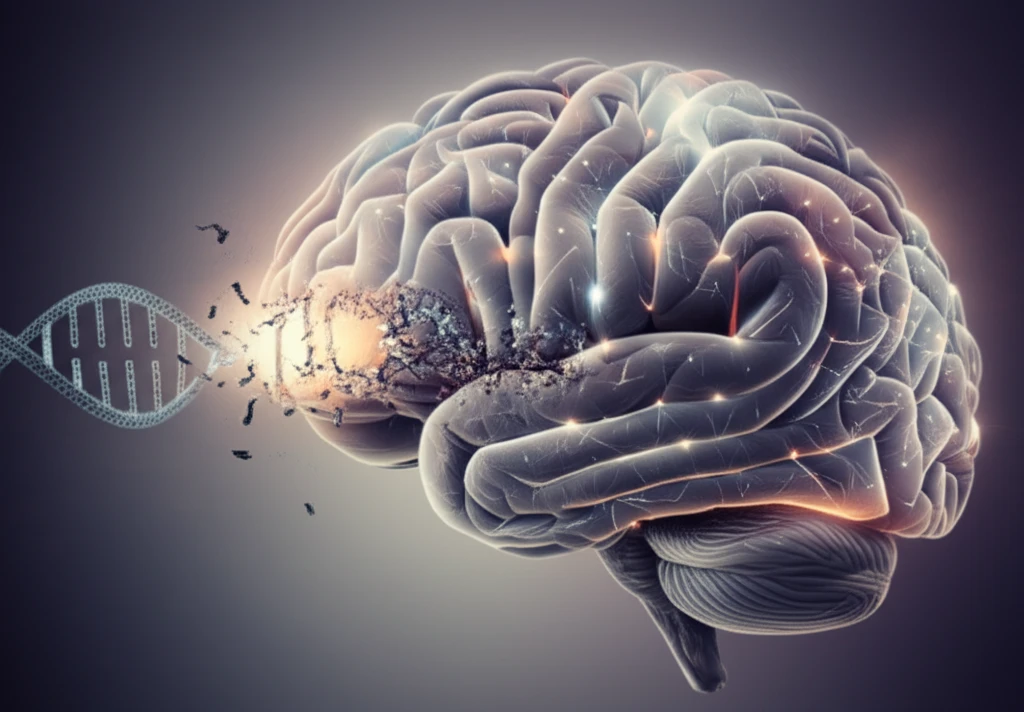
Unlocking Autism: How Gene Mutations Impact Brain Circuits and Behavior
"New research illuminates the link between Chd8 mutations, autistic-like behaviors, and impaired brain circuits, offering hope for targeted interventions."
Autism spectrum disorder (ASD) is a complex condition with diverse genetic and environmental influences. Identifying specific genetic factors associated with ASD is crucial for understanding the underlying mechanisms and developing targeted treatments. Recent research has focused on the Chd8 gene, a high-confidence ASD risk gene, to explore its role in brain development and behavior.
A new study published in Cell Reports sheds light on how mutations in the Chd8 gene can lead to autistic-like behaviors by disrupting striatal circuits in the brain. By creating a mouse model with a loss-of-function mutation in Chd8, researchers were able to observe distinct behavioral and neurological changes, offering valuable insights into the gene's function and its connection to ASD.
This article breaks down the key findings of this study, exploring how Chd8 mutations manifest in mice, the impact on brain function, and the implications for understanding and potentially treating ASD in humans. It examines the link between genetic mutations and observable behaviors, providing a clear picture of how Chd8 influences neural circuits and behavior.
Decoding the Chd8 Mutation: What Does It Do?

The study began by generating germline mutant mice with a loss-of-function mutation in the Chd8 gene using Cas9-mediated germline editing. These Chd8+/- mice (heterozygous for the mutation) exhibited several characteristics reminiscent of ASD in humans, including:
- Macrocephaly: Larger head size, a common feature in some individuals with ASD.
- Craniofacial Abnormalities: Subtle differences in facial structure.
- ASD-like Behaviors: Deficits in social interaction, increased anxiety, and alterations in repetitive behaviors.
From Mouse Model to Human Insights: The Future of ASD Research
This study provides critical insights into the role of Chd8 in brain development and its contribution to ASD-like behaviors. By demonstrating a clear link between a specific genetic mutation, altered brain circuitry, and observable behavioral changes, the researchers have paved the way for future investigations into targeted interventions.
Future research could explore potential therapeutic strategies aimed at correcting the synaptic dysfunction observed in the NAc of Chd8+/- mice. This might involve pharmacological interventions, gene therapies, or behavioral therapies designed to enhance social interaction and reduce anxiety.
While this research focuses on one particular gene, Chd8, it contributes to a broader understanding of the genetic complexity of ASD. By continuing to unravel the intricate connections between genes, brain function, and behavior, scientists can develop more effective and personalized approaches to diagnose, treat, and support individuals with autism spectrum disorder.
